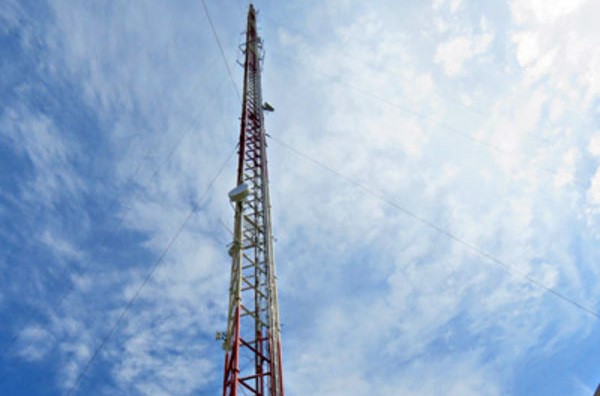Merrill Weiss Urges FCC to Act on Proposed DTS Rule Changes
WASHINGTON—The Merrill Weiss Group in reply comments filed with the FCC this week sought to “set the record straight” regarding misunderstandings or mischaracterizations of proposed amendments to the FCC’s Distributed Transmission System rules (found in Section 73.626 of the Commission’s rules).

Penned by S. Merrill Weiss, the filing is presented to the agency as a Frequently Asked Questions (FAQ) document that discusses the proposed changes, parts of the rule where no suggestion of amendment has been made and how the changes would affect other spectrum users.
Weiss, who pioneered DTS (also known as single frequency networks) use for ATSC 1 systems, including development of a method to synchronize transmitters in an SFN, cautioned the agency not to delay acting on the proposed changes to DTS rules. Doing so could result in “missed opportunities” causing harm to the TV broadcasting business, the filing said.
“Deciding to wait until more is learned about the operation of DTS networks in an ATSC 3.0 environment will preclude the deployment in a manner permitting full service to broadcasters’ service areas from the start, when they perhaps can have the greatest impact,” it said.
“The time for enabling improved service to the public through improvements of the DTS rule is now,” the filing said, adding that the petition should become a Notice of Proposed Rulemaking “without delay.”
A total of 21 questions are answered in the FAQs submitted as part of Weiss’ reply comments. Among the questions addressed are:
- Will the proposed rule modifications expand the defined service area beyond that defined under current rules in which a station can locate DTS transmitters? “No, they do not,” it said.
- Do the changes expand the defined service area beyond that defined in the current rules in which a station can expect interference protection? No, again is the answer, the filing said.
- Under the rule changes will stations be allowed to use a combination of antenna height and transmitted power greater than under the current rule? Once again, the answer is no.
The FAQs also spell out the main difference between the current DTS rule and the proposed rule. “The proposed rule changes the way in which the maximum field strength in certain directions from each transmitter in a DTS network is limited,” the filing said.
The professional video industry's #1 source for news, trends and product and tech information. Sign up below.
The questions and answers also address why the change in maximum field strength of DTS transmitters is needed, how the field strength is currently limited, how the field strength of DTS transmitters would be limited under the proposed rules and how the Interference Area Distance in the proposed Table of Distances would be determined.
The FAQs also explain how the changes would benefit full-service broadcasters as well as LPTV broadcasters, TV translators and Class A stations. Finally, the Q&As address whether the changes amount to “a ‘give away’ of large coverage areas to broadcasters” (no), and if the changes would make TV white spaces “all but unusable” (no, again).
The filing, which includes the FAQs, is available online.
For a comprehensive source of TV Technology’s ATSC 3.0 coverage, see ourATSC3 silo.
Phil Kurz is a contributing editor to TV Tech. He has written about TV and video technology for more than 30 years and served as editor of three leading industry magazines. He earned a Bachelor of Journalism and a Master’s Degree in Journalism from the University of Missouri-Columbia School of Journalism.

